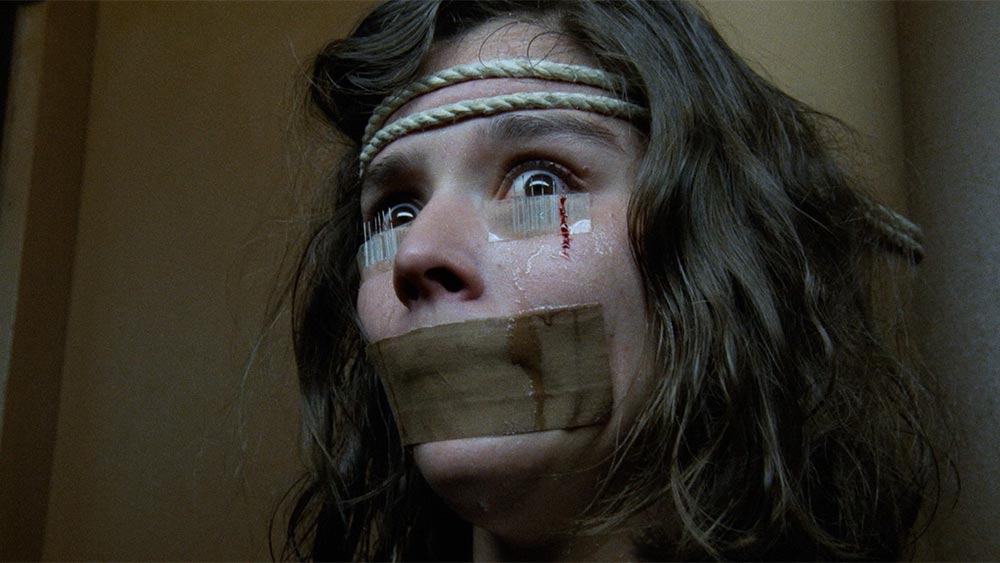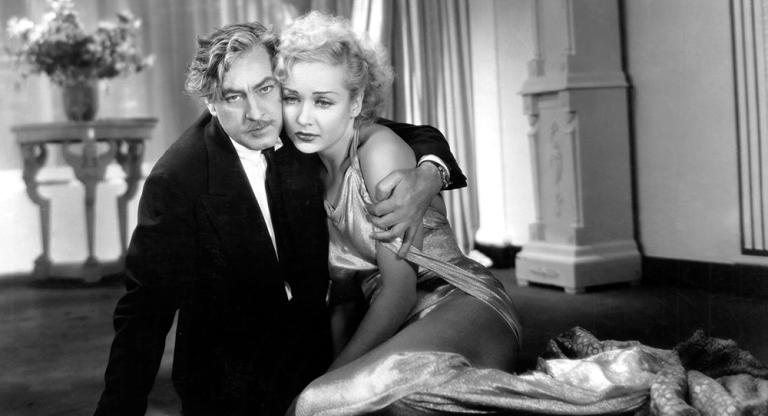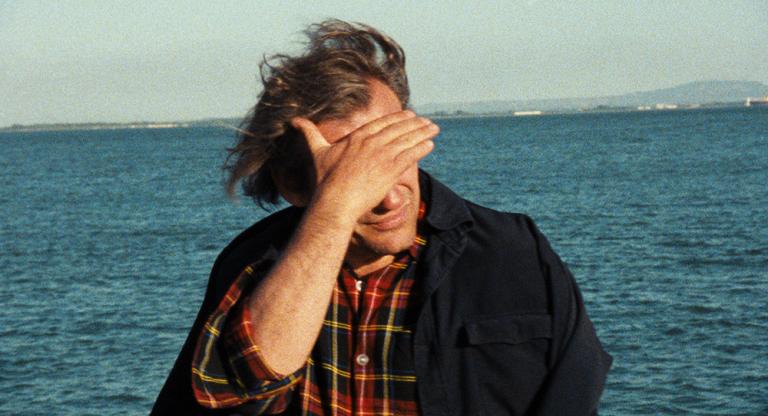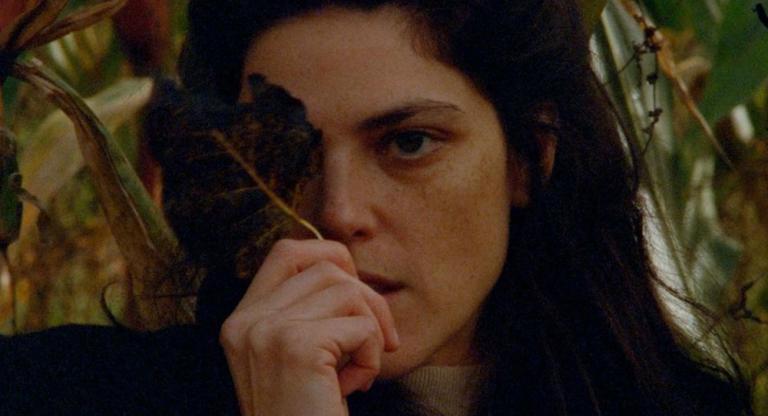Dario Argento’s Opera (1987) immediately calls to mind The Phantom of the Opera with its theatrical setting, cursed play, masked killer, and beautiful leading woman. With a premise that revolves around an avant-garde adaptation of Giuseppe Verdi’s Macbeth staged by a famous horror movie director, Opera becomes a meta-text about the origins of the genre itself. In fact, this kind of self-reflexivity is present in most of Argento’s major films: in Tenebrae (1982), a repressed horror novelist becomes a serial murderer, and in Suspiria (1977), the coven of witches practicing occult rituals in a haunted dance academy situated in the far south of Germany evoke the Brothers Grimm’s folk tales. For Argento, the key to horror is its inherently derivative nature, how the genre fits the same pieces together into new shapes in endless sequence.
Throughout Opera, Argento shows the act of viewing as a form of violence inflicted upon both those viewed and viewers themselves. It opens with a close-up of a raven’s eye—an alien intelligence gazing back at the audience—and the birds recur throughout the film, used within its narrative as a staging element of Macbeth, but also serving a larger purpose in its commentary on the inherent connection between viewing and violence. Their appearance represents a kind of Greek chorus for sight itself.
Argento’s film is composed of such visual games, which are stacked within like matryoshka dolls. The most famous and direct of these are the film’s striking images of torture, which feature a bound woman with spikes taped under her eyes. She is Betty, the lead of both Argento’s film and the play within, repeatedly captured by the film’s killer and forced to watch the murders performed in front of her. If Betty closes her eyes, she runs the risk of gouging them out, but the longer she watches, the more her eyelids graze the spikes and produce a bloody analogue of tears. As Argento’s viewers, we are all put in Betty’s position, unable to look away or to close our eyes, enticed, compelled, and trapped by the brutality we see. Argento’s representation of violence, amorality, and repetition recall the philosophy of Friedrich Nietzsche, who, in his 1886 work Beyond Good and Evil, wrote that, “when you gaze long into the abyss, the abyss also gazes back into you.” For Argento, the gaze itself is the abyss.
Opera screens tonight, July 27, at Nitehawk Williamsburg as part of “July Giallo.”



